Bioswales face backlash from city residents for being eyesores
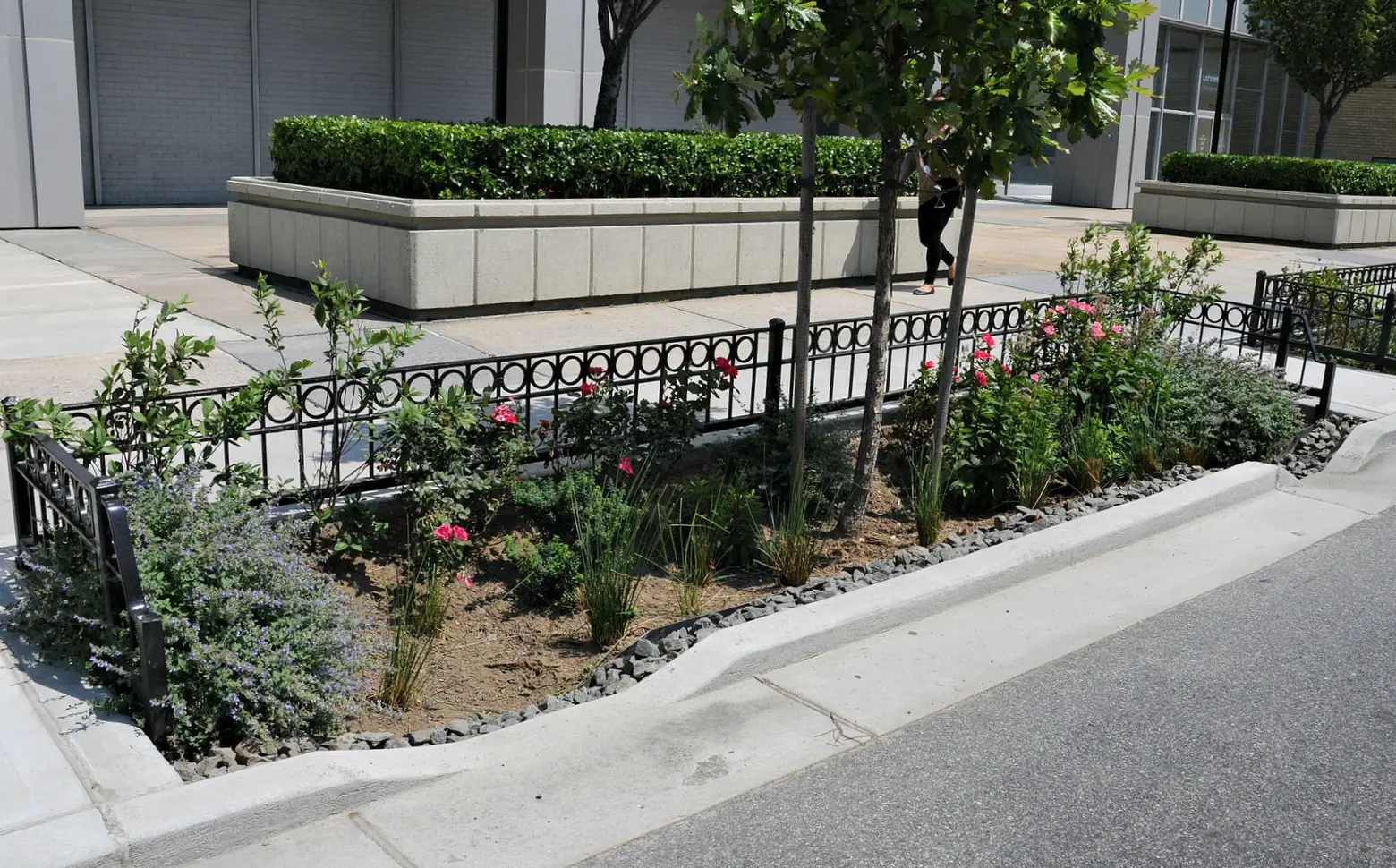
While you may have never heard of the term “bioswale,” you have probably seen these curbside gardens throughout the city. A bioswale, or rain garden, is a pit dug into the sidewalk that’s been filled with rocky soil and shrubbery. These gardens absorb polluted stormwater and prevent runoff that could seep into waterways through the sewer system. Despite being an effective solution to water pollution, the New York Times reports that some city residents are crying out against find bioswales, calling them unattractive, messy, and hotbeds for trash and pests.
As storms become more frequent because of climate change, and especially in the aftermath of Superstorm Sandy, the New York City Department of Environmental Protection has recognized the need for even more bioswales. The city’s sewer system is combined, meaning when a storm comes, rainfall mixes with raw sewage water flowing from homes and buildings. If it rains a lot, the waste overflows untreated into local waterways, like the Bronx River, Flushing Bay, Gowanus Canal, Jamaica Bay and Newtown Creek. Each bioswale costs about $26,000 to build, and as part of the city’s $1.5 billion investment in green infrastructure, over 3,000 bioswales have been created in parts of Brooklyn, Queens, and the Bronx. The city is considering placing some in Manhattan.
Critics of the bioswales say not only are they an eyesore in the neighborhood, but they create mud pits perfect for mosquito breeding (the city, however, says the pits drain within 48 hours). Even city official Tony Avella, a Democratic state senator, has voiced his opposition to bioswales. Avella, who represents Queens, has held a couple of anti-bioswale rallies, criticizing the city’s lack of communication with community groups. Last summer, he filed a petition to opt-out of bioswales, and in January of this year, Avella said he wanted to fully opt-out of the program, foregoing soil testing completely.
“I understand the logic,” Avella said. “But that doesn’t mean that anytime you think you have a good idea, you have the right to roll over everybody and do it. This is a democracy, not a dictatorship.”
The city plans to continue constructing bioswales, but resistance from locals has led to some changes. Now, residents can choose between swales that either look like lawn grass or ones hidden under concrete. Plus, the city is in the process of hiring more than two dozen workers to maintain the bioswales and dispose of any garbage.
Eric A. Goldstein, the New York City Environment Director for the Natural Defense Council told the Times: “New Yorkers often object to changes in their neighborhoods. But rebelling against the city paying to green up local streets, is really something else.”
[Via NY Times]
RELATED:
- 2,000 More Bioswales Will Help NYC Absorb Stormwater
- Swale floating park returns this spring with a new look
- St. Patrick’s Cathedral’s new geothermal plant is up and running
Graphic via NYC Department of Environmental Protection
Get Insider Updates with Our Newsletter!
Leave a reply
Your email address will not be published.
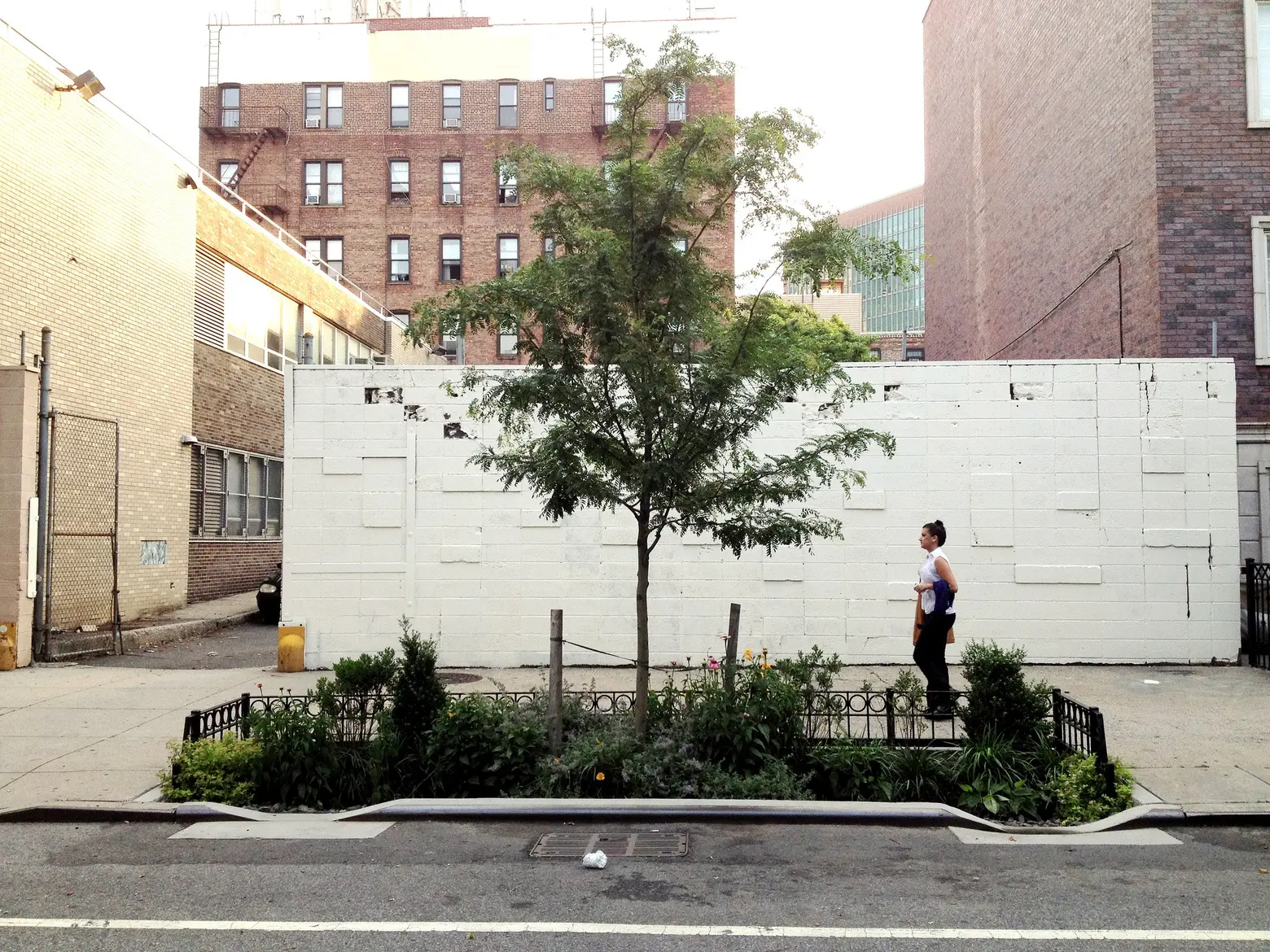
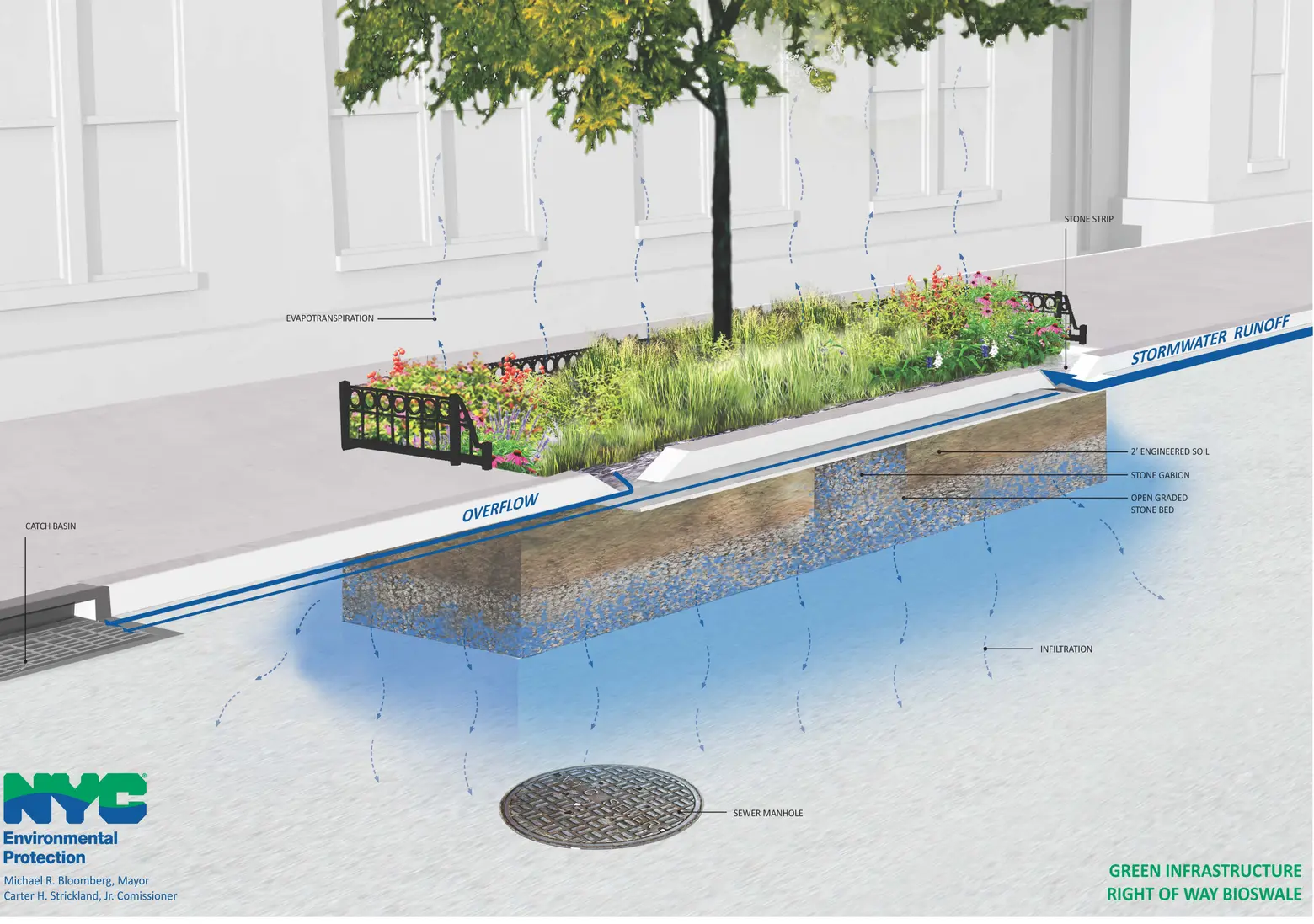

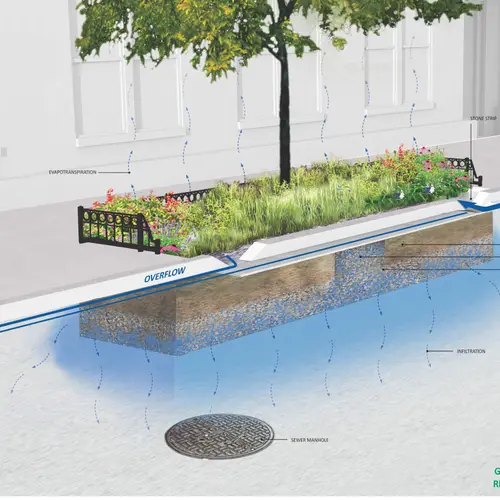
















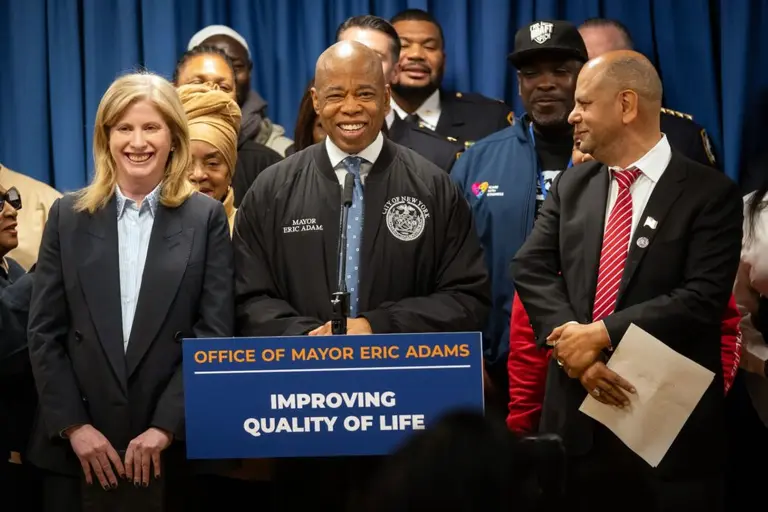











I like them. Got a few new ones on my block in Bushwick. Some are nicer depending on the flowers and if neighbors give a crap about their block.
These folks “crying out” about them sound pretty grumpy tho.
Mind boggling how people are overlooking the numerous benefits(to the economy, homes and businesses) just because they aren’t in their opinion beautiful. Good on the PLANYC for adapting to these complaints and moving forward with a solution that helps manage flooding that is coming with climate change.